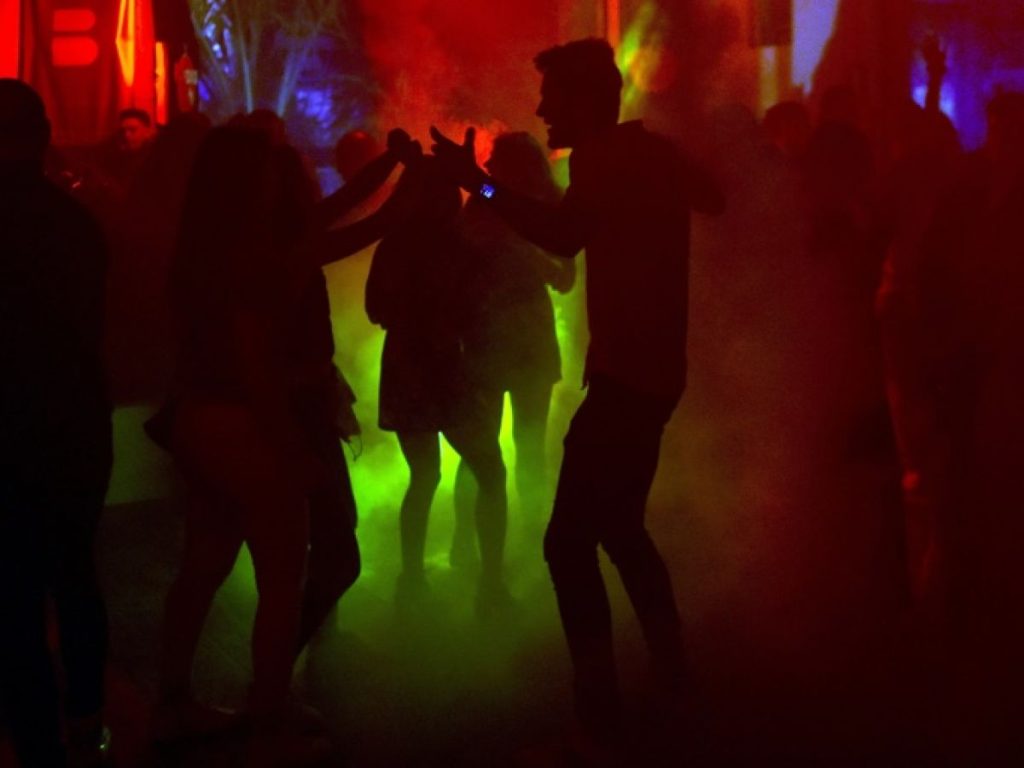
Science backs it up: turn up the bass to get you dancing
Fans of electronic music know this well: as soon as a DJ plays the bass, the audience is pushed away and responds by highlighting their dance steps. But to what extent is this influence conscious?
The researchers took a closer look at the relationship between low frequencies and dance, thanks to a life-size experiment during a concert.
The results, published Monday in the scientific journal Current Biology, showed that participants danced nearly 12% more when imperceptibly very low frequencies were played, as well as the music.
David Cameron, a neuroscientist and lead author of the study, summed up to AFP that the public “were not aware of these changes, but nonetheless directed their movements.”
These results thus confirm the “special relationship” between bass and dance, which has been observed above all anecdotally thus far.
At parties, “people tend to raise the bass,” notes the McMaster University researcher in Canada, who is himself a drummer. Across all cultures, it is often “low-frequency instruments, such as bass guitars or drums, that set the beat of the music.”
“But what we didn’t know was: Can you really dance more with bass?”
The experiment was conducted in Canada at LIVElab, a building that serves as a concert hall and research laboratory.
About 60 people — out of the 130 or so who attended the concert by electronic music duo Orphx — agreed to wear a sensor-equipped headband, recording their movements in real time.
Then, during the concert, the researchers intermittently switched on and off special ultra-low-frequency loudspeakers.
Using a questionnaire that participants completed after the concert and a separate experiment, the scientists verified that these frequencies were indeed inaudible. Such a method made it possible to isolate the effect of the bass, and prevent it from being disturbed by other factors, such as knowing or not knowing what piece is being played.
– my intuition –
“I was touched by the impact,” David Cameron said.
According to him, two hypotheses could explain why the bass made us dance so much. On the one hand, they can stimulate the tactile apparatus (skin), as well as the vestibular apparatus, which is more commonly called the inner ear.
However, the connection between these systems and the motor system, in the origin of the movements, is very close. Above all, it is intuitive, because it does not pass through the frontal lobe of the brain.
This stimulation can give “a little momentum to the motor system, and add a little energy and liveliness to the movements,” suggested the researcher, who would like to verify this hypothesis in future experiments.
As for the big question of figuring out why humans dance at all, the mystery continues.
“I’ve always been interested in tempo, and in particular what tempo makes us want to move,” despite the apparent lack of functionality, notes David Cameron.
The various theories put forward often refer to the idea of social cohesion.
“When we synchronize with others, we tend to feel connected to them,” the researcher emphasized. “It allows us to feel better as a group and thus to do better as a group: to be more effective and to promote peace.”
No offense to disgruntled neighbours: so the bass can eventually also help soften morals.

“Organizer. Social media geek. General communicator. Bacon scholar. Proud pop culture trailblazer.”
